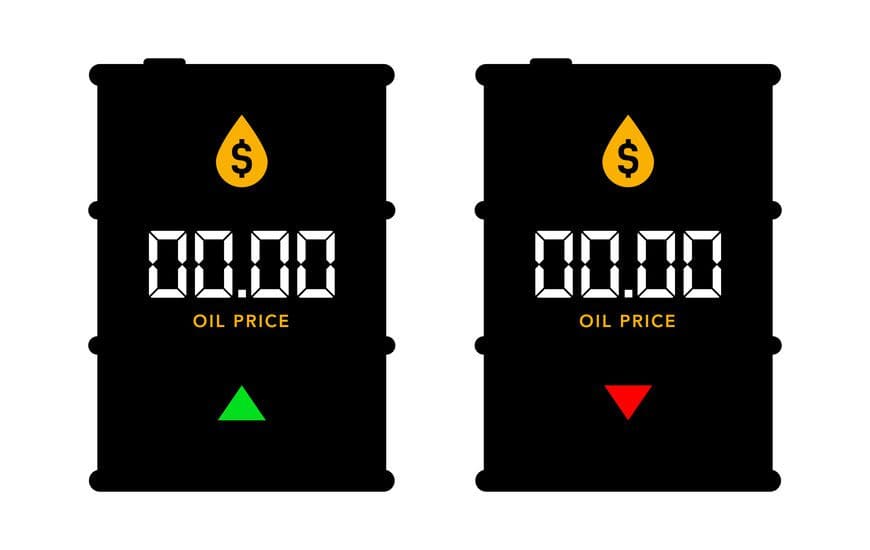The price of crude oil has made back all that it lost during the Covid-19 pandemic of 2020 as demand for petroleum products has returned.
In January 2020, crude oil traded in the $60 range for West Texas Intermediate on the New York Mercantile Exchange (NYMEX), but began to slide as the global economy went into a tailspin because of governments’ worldwide ordered lockdowns.
By the beginning of the second quarter the WTI price had fallen to less than $20.
Soft prices resulted in production declines in the U.S. and around the world. U.S. production dropped from 13 million barrels per day (b/d) to 11 million b/d.
The Organization of Petroleum Exporting Countries and a group of non-member producing countries, which includes Russia, decided to cut production by 9.7 million b/d.
As supply decreased and demand increased the oversupply eventually eased. Crude oil inventories in the U.S. reached a record high of 540 million barrels in June 2020, but they have declined to 484 million barrels, according to the Energy Information Administration.
Crude oil prices have increased. Oil on the NYMEX closed at $68 per barrel on June 2 for 30-day delivery, and $71 on the international exchange for Brent.
Bloomberg reports oil’s underlying structure has firmed. The spread between the nearest two December contracts for WTI is heading for the strongest close since 2019, indicating expectations for market tightness.
Optimism about increased activity during this summer and continued reopening of the U.S. economy also indicates stronger demand.
Questions about supply remain, but OPEC agreed on June 1 to maintain the current pace of increasing oil supplies through July. OPEC began a policy in May to release an additional 2.1 million b/d.
Iranian nuclear negotiations pose issues about additions of supplies on the world market. If the U.S. and other nations reach an agreement with Iran, sanctions could be lifted and an additional 500,000 b/d could hit the market.
Alex Mills is the former President of the Texas Alliance of Energy Producers.
Alex Mills is the former President of the Texas Alliance of Energy Producers. The Alliance is the largest state oil and gas associations in the nation with more than 3,000 members in 305 cities and 28 states.
Oil and gas operations are commonly found in remote locations far from company headquarters. Now, it's possible to monitor pump operations, collate and analyze seismic data, and track employees around the world from almost anywhere. Whether employees are in the office or in the field, the internet and related applications enable a greater multidirectional flow of information – and control – than ever before.










